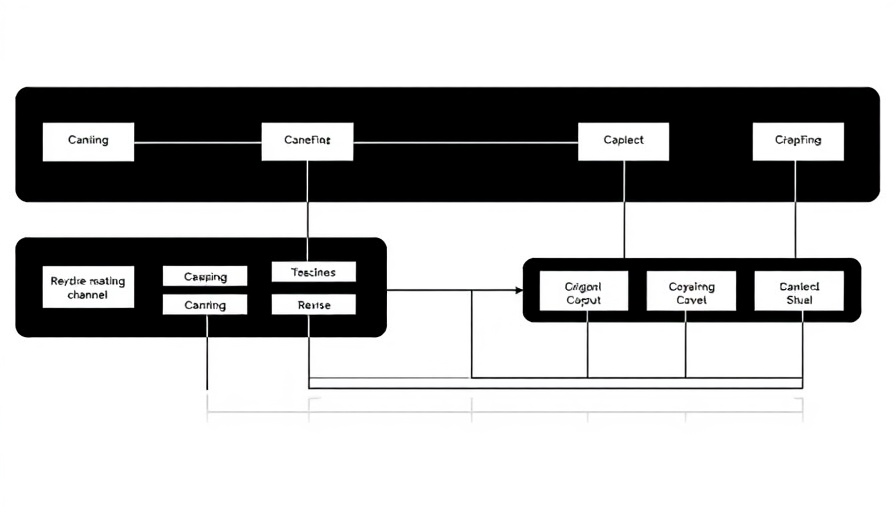
Revolutionizing Water Safety with Bacteria-based Sensors
Imagine having a technology that could detect harmful toxins in our water in real-time. Researchers at Rice University have taken a significant step towards that reality by engineering E. coli bacteria to act as highly sensitive sensors for dangerous substances like arsenite and cadmium. This innovative approach not only enhances our ability to monitor environmental toxins but also paves the way for a safer and more sustainable future.
How This New Technology Works
The study, published in Nature Communications, introduces a method where genetically modified bacteria translate their biological responses into electrical signals, enabling rapid detection without the need for multiple sensor setups. Traditionally, individual sensors have been required for each target toxin, which can be inefficient and cumbersome. This multipurpose sensor utilizes a single bacterial strain to detect multiple toxins, significantly improving information flow and accessibility.
The Inspiration Behind Multiplexing
Taking cues from fiber-optic communication, which uses different light wavelengths to send distinct data, the researchers figured out how to leverage the redox potentials—essentially, the energies—of different chemicals to carry unique signals. This pioneering multiplexing strategy allows for high-volume data readings from a single setup, drastically enhancing the capabilities of bioelectronic sensors.
Real-World Implications
Why does this matter? Water contamination is a pressing issue, with various pollutants affecting public health, ecosystems, and industries alike. By employing this new bacterial sensor technology in fields such as environmental monitoring and industrial safety, we could detect harmful levels of toxins swiftly, allowing for timely interventions to protect both people and the environment.
Future of Biotechnology in Environmental Health
This method signifies a broader trend in biotechnology and environmental technology. Incorporating biology into detection systems not only offers advanced solutions but also aligns with sustainable practices. By creating living sensors that utilize natural processes, the environmental impact of traditional chemical detection methods can be reduced.
Conclusion: Embracing the Future of Environmental Safety
The blend of biotechnology and environmental science exemplified by Rice University’s new sensors showcases the potential of biological innovations in safeguarding our planet. As we face increasing environmental challenges, embracing such powerful technologies will be crucial for future generations. It's an exciting time for health and sustainability advocates to engage with how biotechnological advancements can foster a safer, cleaner world.
 Add Row
Add Row  Add
Add 




Write A Comment